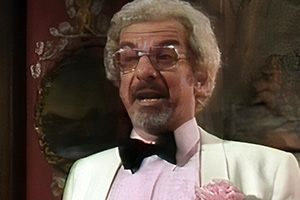About The Green Tie On The Little Yellow Dog
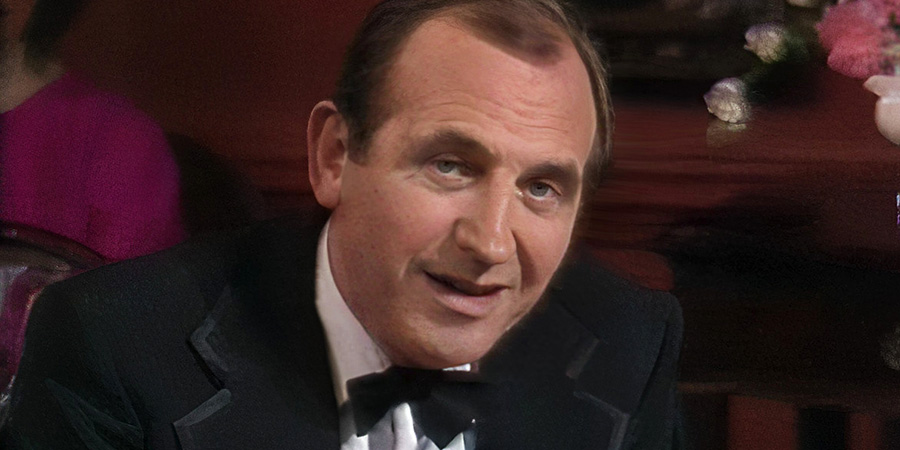
In the summer of 1983, Channel 4 broadcast a series that brought together three generations of comic talent, and put them on screen in a remarkable way. The Green Tie On The Little Yellow Dog now stands as an extraordinary snapshot of British comedy in the early 80s, with performers such as Arthur Askey, Leonard Rossiter and Julie Walters all sharing the same bill on equal terms. All but forgotten, the story of this remarkable production deserves to be told!
The fledgling C4 began to commission programming in the autumn of 1981, in anticipation of its November 1982 launch. It made great use of independent producers, who were able to work on tight budgets and to strict deadlines. One such was The Bright Thoughts Company, consisting of veteran television director Bryan Izzard (On The Buses, Please Sir!) and his business partner Neil Anthony. Bright Thoughts made a great deal of C4's early light entertainment output - several one-man shows, such as John Bardon's performance as Max Miller in Here's A Funny Thing; the hugely successful operetta series Top Cs And Tiaras; and early television exposure for members of The Comedy Store's regular performers in Book 'Em An' Risk It.
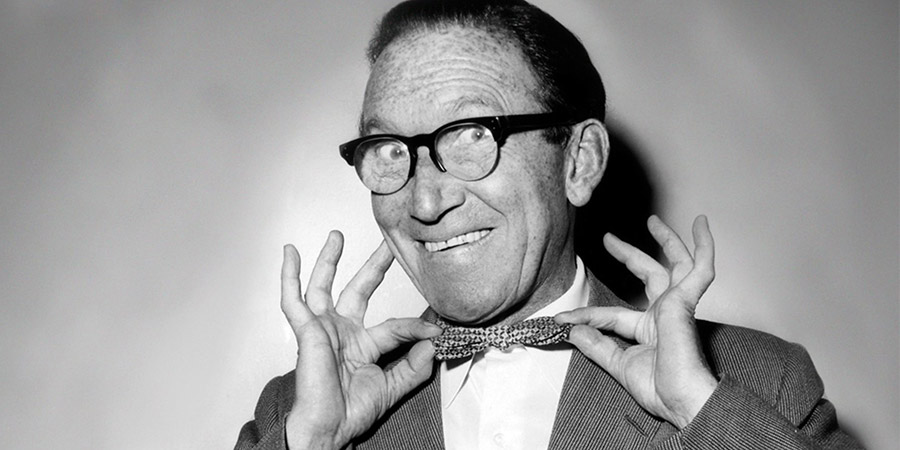
The commission for The Green Tie On The Little Yellow Dog was a unique one. C4 needed a number of short "filler" items that would last between three and five minutes, able to plug gaps in the schedule. The idea was that these would be played many times, and would never actually form a single piece of programming. Well-known performers were invited to participate, with the prestige of being a special part of the new station's output as an incentive, performing classic British comic songs and monologues, in the tradition of the music hall and comic talent such as Stanley Holloway and Billy Bennett (after a routine of whose the production was named).
Each vignette was shot on location, filmed around the dining table of a grand eighteenth-century London townhouse that had facilities for television and film crews. This was partly to provide atmosphere, but mostly to avoid the expense of booking a TV studio! With all the cast dressed in formal attire appropriate for a sophisticated dinner party of the 1920s, the results were simply wondrous, and, in hindsight, mark a moment of transition in British comedy: a symbolic handing of the baton to a new generation of comic talent.
Recording took place over a few days in the summer of 1982. The old guard were represented by veteran comedian Arthur Askey, who had just turned 82. A legend of British entertainment for most of his adult life, by now he was not a well man. It was understood that he would arrive, do his piece, and then leave - in under an hour. But what a piece! He performed two of his famous comic ditties, Filthy Ferdinand, and The Bee Song. Despite his frailty, he exudes both zest and passion. On screen he is sitting beside Cilla Black, who is obviously relishing being part of this final bow of a comic great. It was to be his very last professional engagement, and he died a few months later.
On the far side of the room is Leonard Rossiter, stood beside an upright piano that is accompanying his rendition of Three Ha'pence a Foot. A comic tale of bloody-minded determination, it seems very appropriate for a perfectionist such as Rossiter. It's a wonderful performance, with Len's trademark mannerisms being used to fine comic effect. He is a man at the height of his powers, and, sadly, very near the end of his life. He died less than two years later, at the comparatively young age of 57.
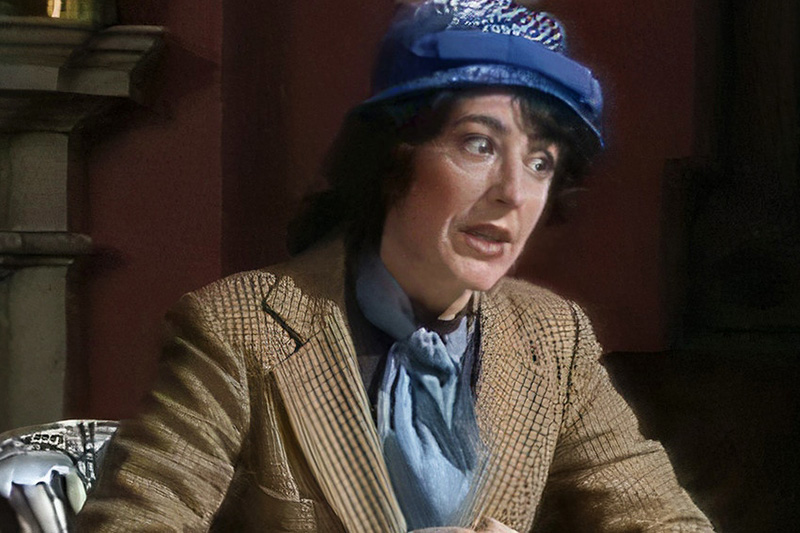
In the opposite corner is Maureen Lipman, sat at a desk, decked out in tweeds and a prim blue hat. She is performing Joyce Grenfell's acclaimed sketch The Committee. In the room watching is Grenfell's widower, Reggie, who has given approval for Lipman to do the piece, the first time by anyone other than Joyce herself. Lipman is of course immediately perfect in the role, and in the wake of her success here would eventually tour a hugely successful stage production, Re: Joyce, recreating the comic performer's work.
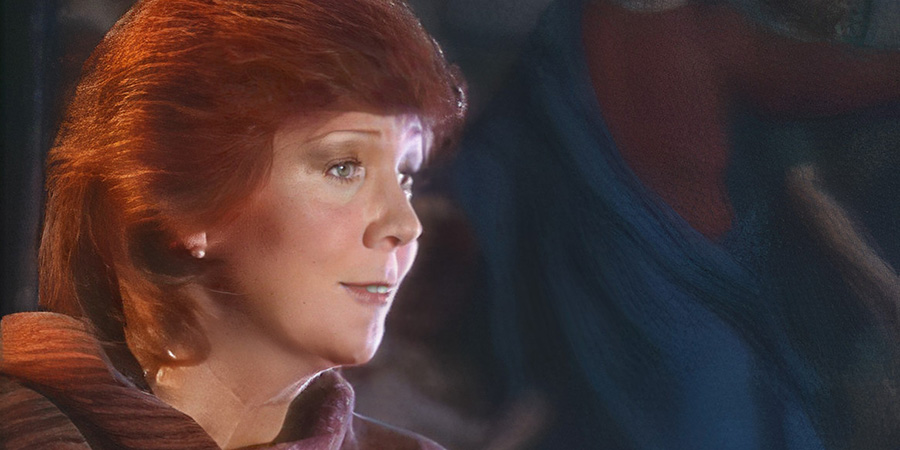
Standing by the Adam fireplace is Cilla Black. At a low note in her professional life, her years as a pop singer are a distant memory, and London Weekend Television had yet to revitalise her career with the now-iconic Saturday night series Blind Date or Surprise! Surprise!. (In a few months' time she will appear on Wogan and delight a new audience, sparking that second leg of her extraordinary career.) Tonight she sings a sweet and evocative rendering of the Gracie Fields classic Walter, Walter (Lead Me To The Altar). It is a lovely, bittersweet moment, and Benny Green, writing in Punch magazine's review of the television year, singled her performance out for special mention.
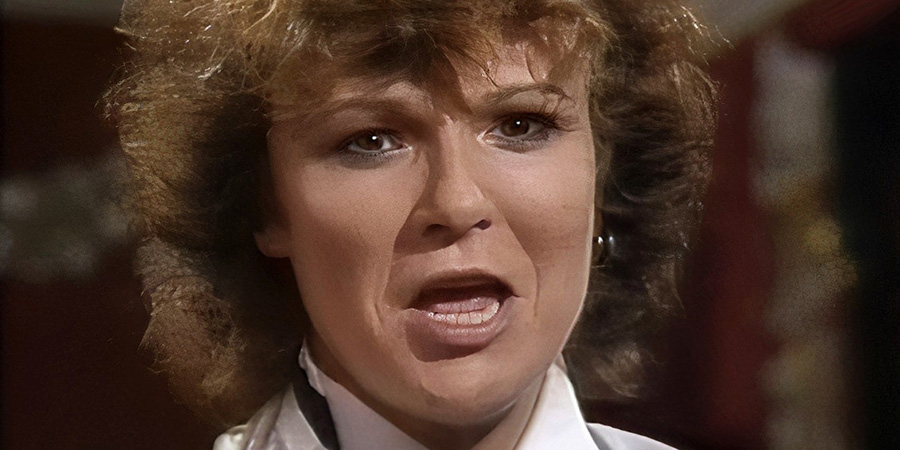
Across the table is Julie Walters. Her sketch series Wood And Walters has been broadcast earlier in 1982, and she is at this point still a few weeks from reuniting with Maureen Lipman to begin filming the smash-hit movie Educating Rita. Here, she dons a Chelsea scarf and belts out Billy Bennett's The Charge Of The Tight Brigade with gusto. It's high energy stuff, and so easy to see that she is a talent who is going places. Both Walters and Lipman are now dames for services to the performing arts, and rightly so.
Finally, there is a group performance, perhaps the highlight of the evening. Barry Cryer - dressed in white jacket - plays the central role in Weston & Lee's My Word, You Do Look Queer!. Someone who seemed to an eternal presence in British comedy, Cryer is on top form throughout, joined by a number of other artists: Alec McCowen as the undertaker who is concerned that "business is bad"; and Ronald Lacey, who advises him to have a brandy before he drops dead. Finally, Arthur Askey comes up trumps, and turns the tide of this negative talk.

The Green Tie On The Little Yellow Dog serves as a bravura celebration of British comic writing and performance, and spans the divide between the last days of music hall and the early days of alternative comedy. In its own, very obscure, way it is a landmark piece of television history, a moment in time when the most unlikely group of comedy greats came together and made something truly magical.
By the time the footage was "in the can" the winds at C4 had changed, and it was latterly decided that the production would be broadcast in three parts, to air during July 1983. This last-minute decision meant that the producers had to scramble to re-edit the performances into this longer form in order to meet the transmission deadline.
As with all C4 shows of the period ratings were tiny - probably less than 500,000 viewers - and a post-midnight repeat showing in 1985 is the last time The Green Tie On The Little Yellow Dog was seen publicly. At the time of writing there's not so much as a single clip on YouTube, nor a ropey nth-generation VHS copy being shared amongst collectors. The master tapes were acquired by the British Film Institute in 1993, and have been conserved in their National Film Archive since.
Thankfully, that is not quite the end of the tale. Producer Neil Anthony has been working for the last couple of years to find ways of enabling this wonderful material to be remastered and seen by a new audience. In an age of streaming, downloads, and archive television channels it is hoped that The Green Tie On The Little Yellow Dog will - after forty years of obscurity - be rescued and re-released in some form, to allow audiences to discover this fascinating snapshot of comic performance anew.

